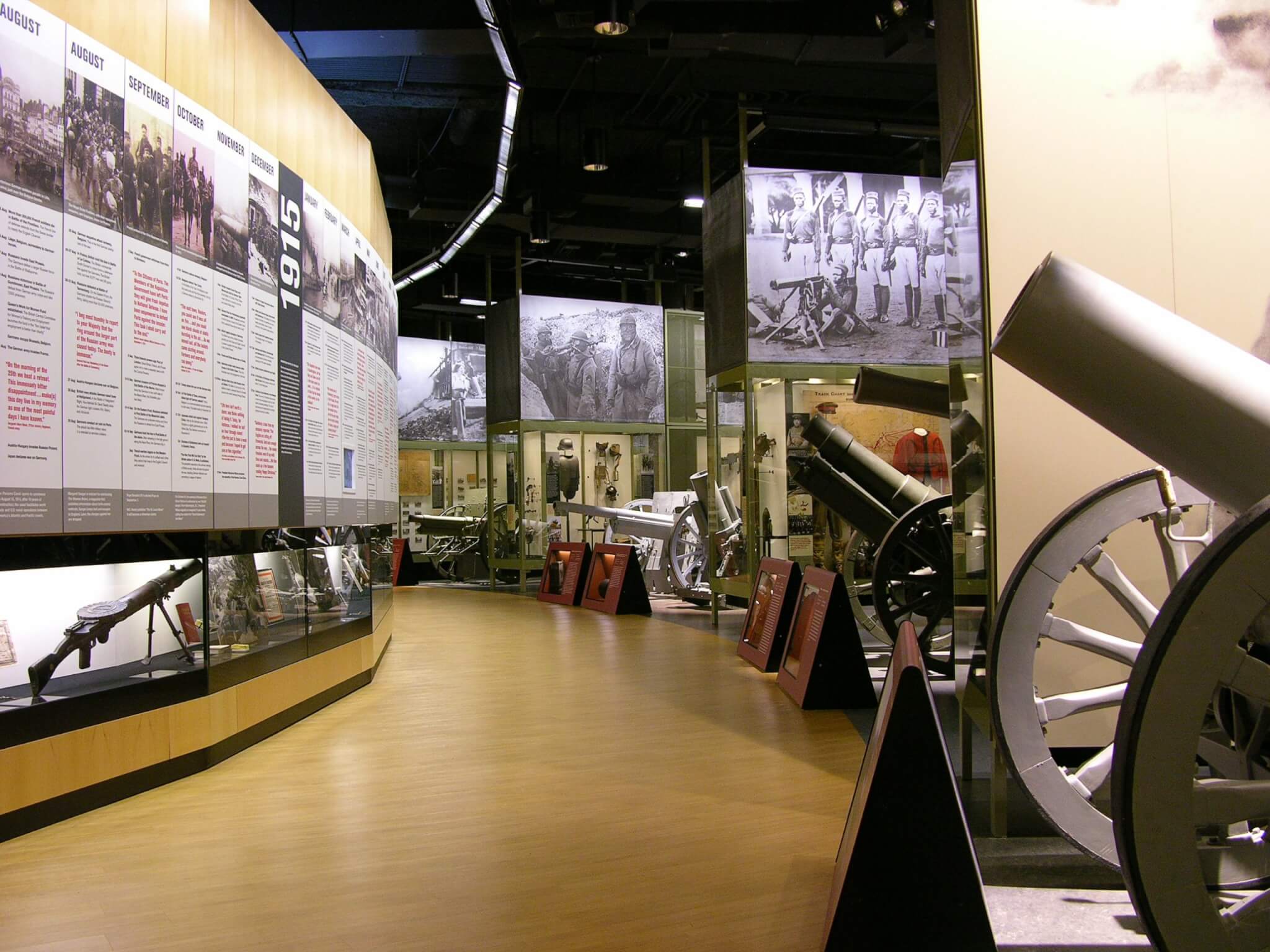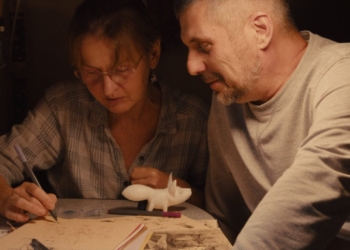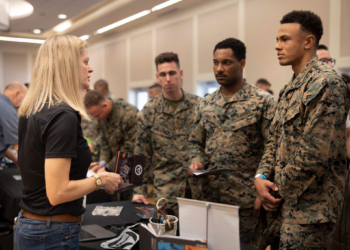Where does a museum collection begin? How do curators tell humanity’s most complicated stories? For more than 100 years, the National World War I Museum in Kansas City, Missouri has asked and answered these questions about the Great War and its enduring impact.
From the first shots fired in 1914 to the last attempts at peace in 1919, the museum showcases firsthand accounts from the battlefield and the home front. At the museum, the conflict comes alive with more than 300,000 artifacts, objects and documents — one of the world’s largest collections.
Today’s legacy
“The cataclysm that was World War I was the defining moment of the 20th century,” Senior Curator Doran Cart said.
Yet to many Americans, this conflict is a muddled, confusing clash of powers overshadowed by World War II.
For Cart, WWI remains important because it is the start to so many of the important challenges of our modern era. From the conflicts and civil wars in the Middle East, to the present challenges of Russia and Ukraine, to immigration issues and rising isolationist tendencies around the globe the links can be traced to WWI.
“You cannot talk about today’s problems without finding the connections,” he said.

Innovation on and off the battlefield
The lasting ramifications of this conflict continue today as does the innovation discovered in medical and military fields.
Cart shared how medical practices, including advanced techniques in the treatment of head trauma were first developed during this conflict. For the first time, antiseptics were developed to clean wounds, soldiers were taught about hygiene and blood banks were used. In France, vehicles became mobile X-ray units, surgeons were drafted in closer to the frontline and hospital trains evacuated casualties.
“So many of these lessons learned are relevant in war zones today,” Cart said.
In terms of the mechanics of war, this conflict brought about the use of airplanes and tanks in conflict, machine guns and chemical war. All items that are relevant to later conflicts in the 20th century and today.
100 years of collecting
The museum’s latest exhibits, “100 Years of Collecting” and “100 Years of Collecting Art” showcase an exhaustive number of objects and documents that have never been displayed. Highlights including a formal court frock coat and vest worn by Imperial Austrian Emperor Franz Joseph’s personal household staff and aides, 100+ year-old soldier-issued hardtack (hard bread) and a sign from 1942 indicating the memorial would be closed due to potential threats of WWII-related sabotage.
Another item of interest is the lectern used by President Calvin Coolidge at the Nov. 11, 1926 dedication of what eventually became the National WWI Museum and Memorial. Coolidge spoke before 150,000 people — the largest crowd a U.S. president had ever addressed.
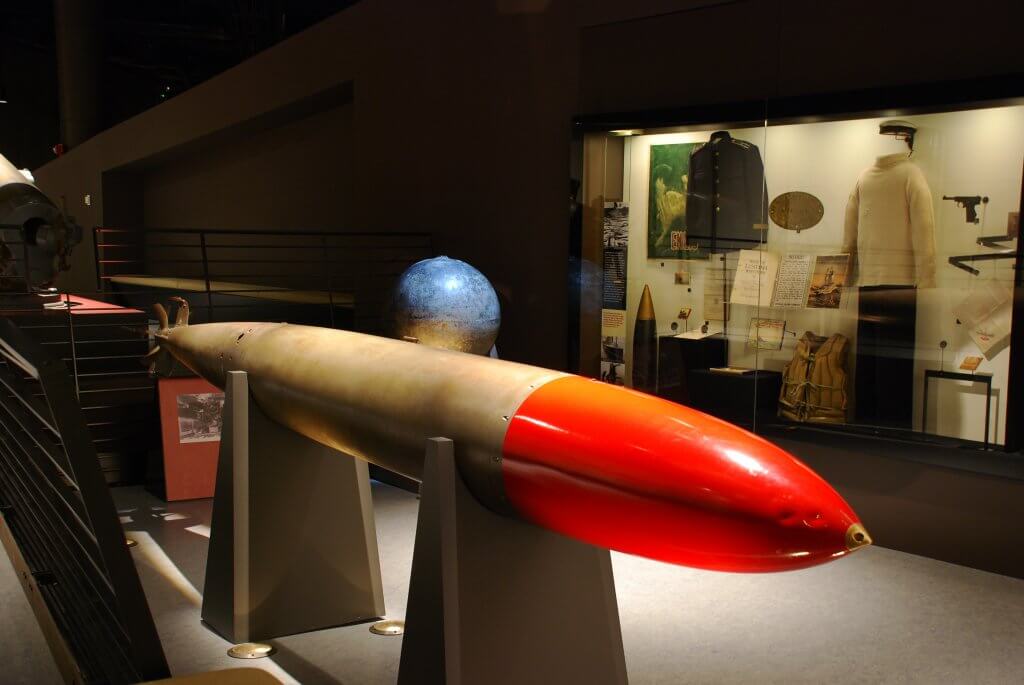
More stories equal more understanding
The museum has recently acquired a unique and beautifully made Russian woman’s coat.
“Her insignia indicate that she was a machine gun unit commander and the coat is amazing in that it has survived over 100 years with all the turmoil and later history of Russia,” Cart said.
“Women’s history in WWI has been one of the long-overlooked aspects of the war and this piece helps greatly in writing another chapter in history. It also contributes to our future planning needs of acquisitions for the museum in three specific areas: women of all nations involved in the war, minorities and indigenous peoples.”
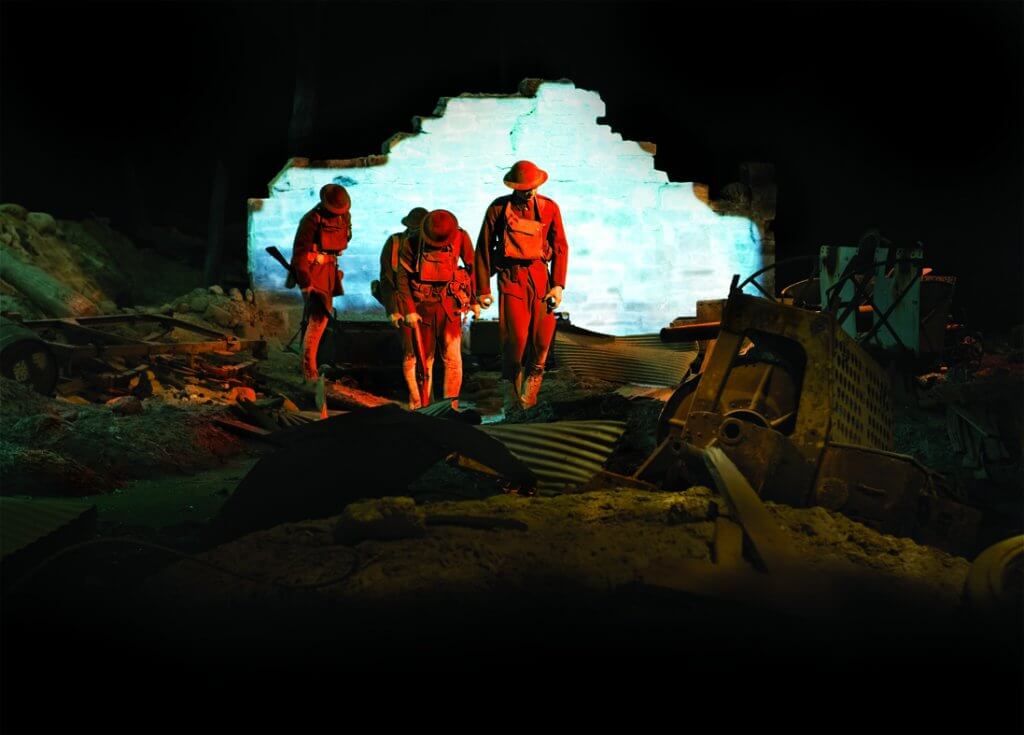
Global conflict
“The founders of our museum knew the importance of the global story,” Cart said noting that nearly 20 countries/empires across the world are represented in the exhibition.
Items from the around the globe have been collected, including from the Austro-Hungarian empire, Belgium, Canada, France, Germany, Japan, the Ottoman Empire, Romania, Russia, the United Kingdom and the U.S. Countries that were neutral during the conflict — Mexico, Spain and Sweden — are also represented as they supplied items that were used at some point during the conflict.
Visiting the museum
In light of the COVID-19 pandemic, the museum has modified their policies to adapt to social distancing and health and safety protocols. The museum is offering limited access timed tickets and recommending social distancing and mask-wearing practices during visits.
“We tell people to maintain the distance of a 1917 Harley Davidson motorcycle, which we happen to have on display, and is nearly six feet in length,” Cart said.
Can’t make it to Kansas City? The museum has made a variety of online resources available for teachers, students and the general public.
Both exhibitions run until March 7, 2021 and are included with general admission to the museum and memorial. More information can be found at https://www.theworldwar.org.
Read comments
